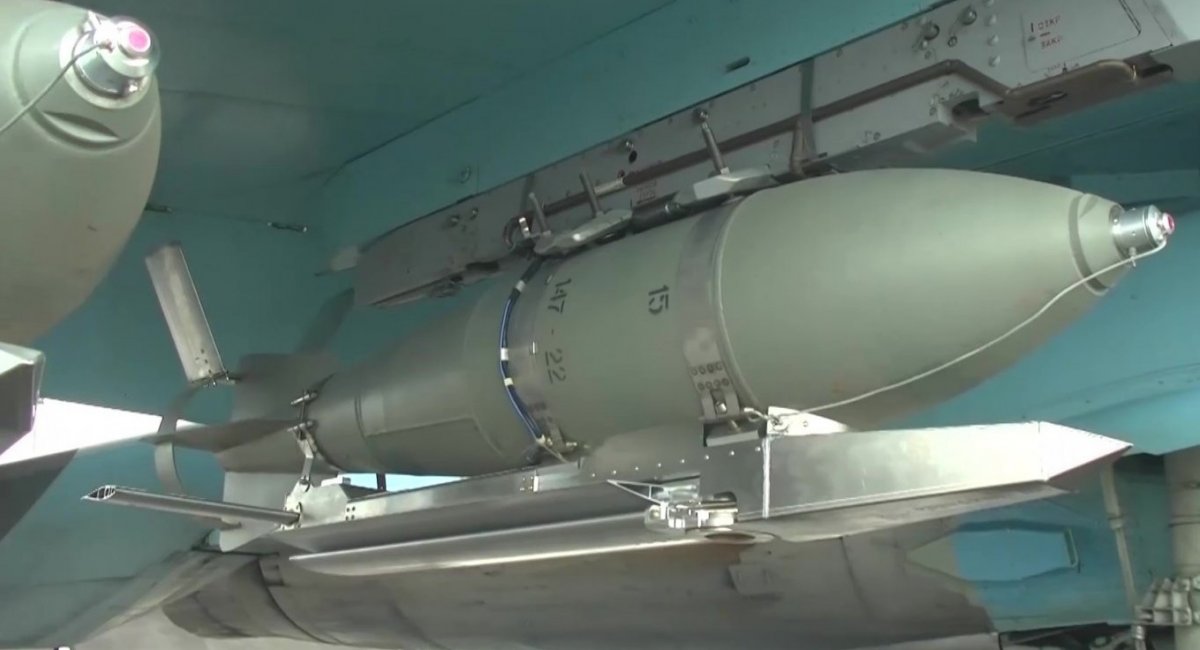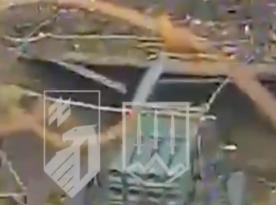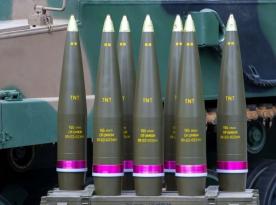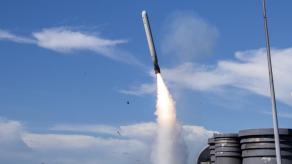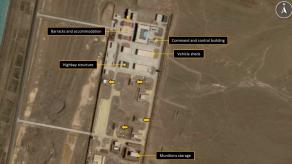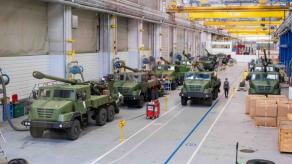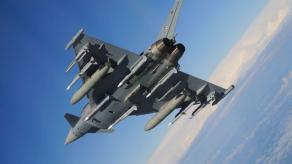Ukrainian activist Vadym Labas claims that Taiwanese company TRC, a subsidiary of RUNG CHERNG SUSPENPARTS CO., LTD has helped russians to modify a key component used in manufacturing air-launched glide bombs on russian request, InformNapalm OSINT community reports.
In a document presented as evidence, russian executives report on modifications applied to a product named Servo driver TRC (model CP-500-130-01-M) making some of its components more durable. As Labas explained in his post on Facebook, the adjustments were designed by the Taiwanese supplier of this device to eliminate a technical shortcoming that transpired when russians tried to use the servo for military purposes.
Read more: Why russia Uses Fewer Glide Bombs in Ukraine and Why It's Too Early to Jump to Conclusions
Originally designed for automobiles, the servo was integrated into the russian UMPK kit that adds guidance and glide capabilities to ordinary free-falling bombs, significantly extending their range and accuracy.
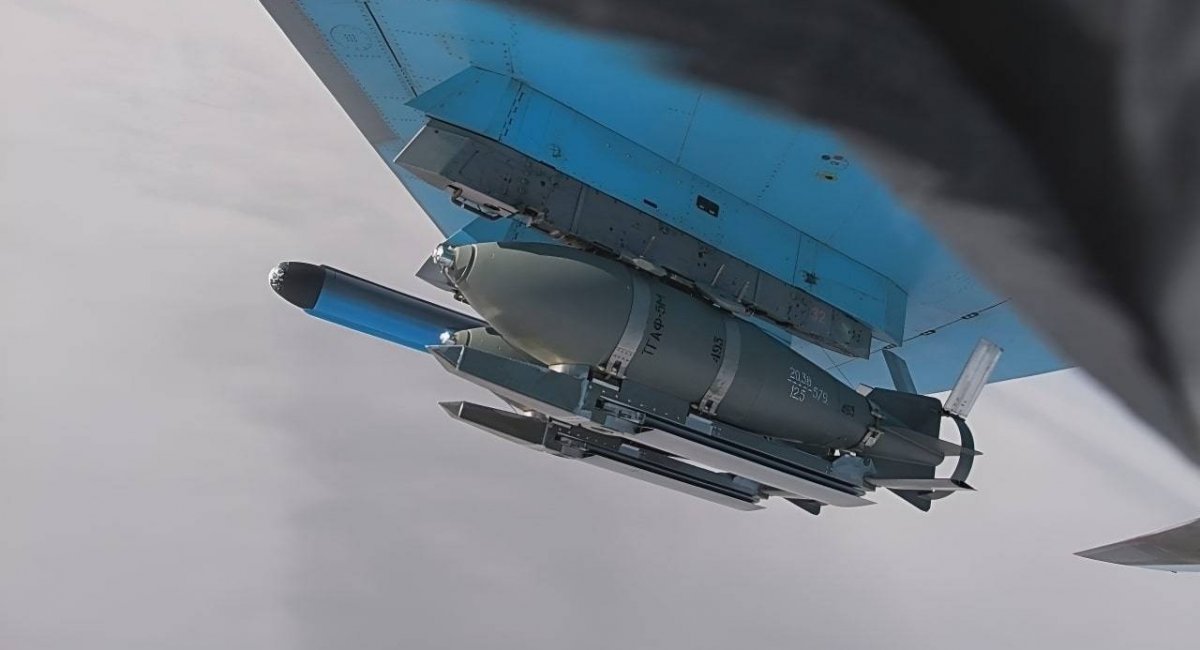
"Although the UMPK, which turns an ordinary FAB into a glide air bomb, is quite simple to manufacture, the only thing of russian production in it is the aluminum frame. However, it also consists of a few components made on Western technologies that were tailored to this weapon specifically," Vadym Labas wrote and referenced the Taiwanese servo as one of such components.
The typical configuration, he elaborated, wasn't good enough because the bomb's wings, controlled by this servo, suffer significant loads leading to breakdowns and even unintentional premature droppings of bombs before the bomber aircraft could leave the russian territory, resulting in unfortunate accidents.
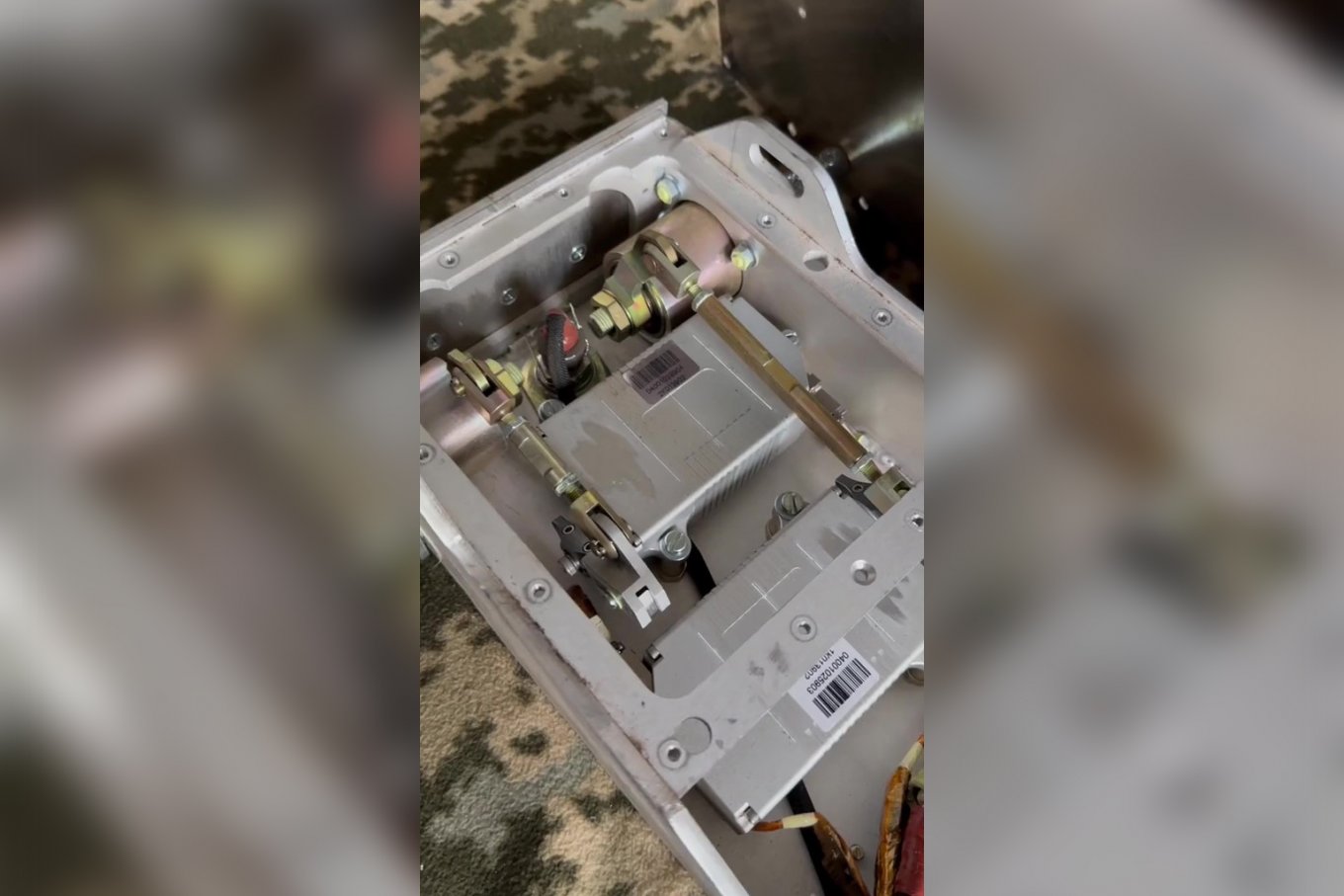
Therefore, the manufacturer of UMPK turned to TRC directly asking to make their product more durable, and the Taiwanese company complied. The plant, located in the Republic of China, has made a total of five changes to its device per russian request.
"Could the United States stop supplying this product from Taiwan, which would lead to a complete stop of cab manufacturing? Just one phone call away. Could Taiwan stop this? In one day. But, unfortunately, the money does not allow it," Labas summarized.
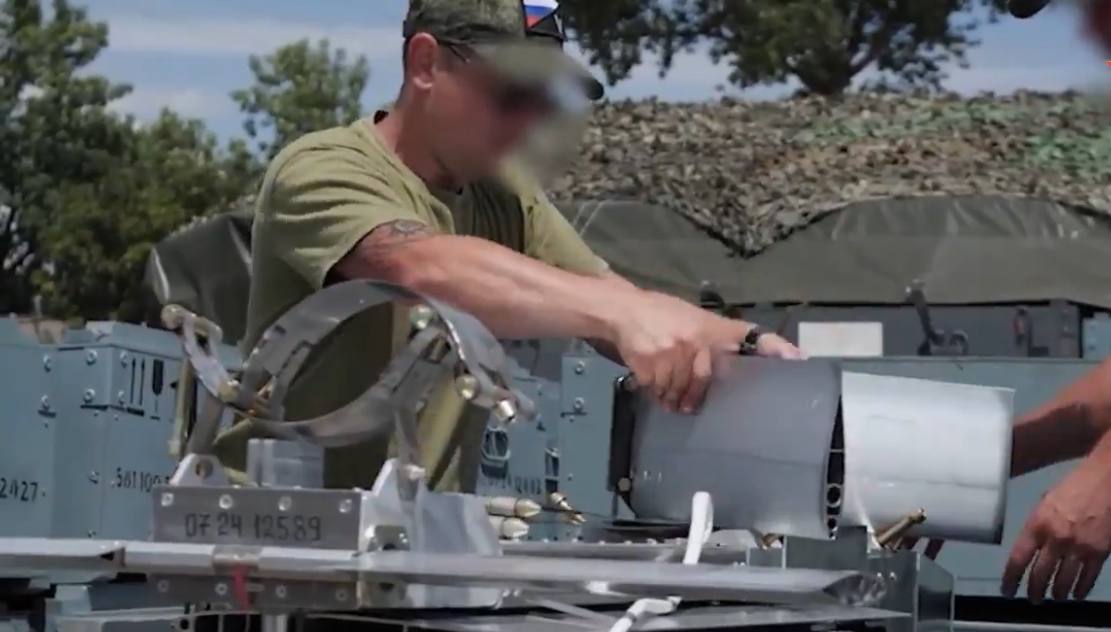
The activist also pointed to the importance of this issue, citing estimates that the intense use of UMPK-enhanced bombs makes up to 20% of russia's success on the Ukrainian battlefields.
Defense Express specifies, the FAB-series bombs equipped with UMPK gain a standoff strike capability at a range of 60 to 65 km, allowing russian aircraft to launch these bombs at Ukrainian positions with impunity. The vast arsenal of dumb FABs remaining after the Soviet Union limits the scale of such strikes basically to the production rates of UMPK kits.
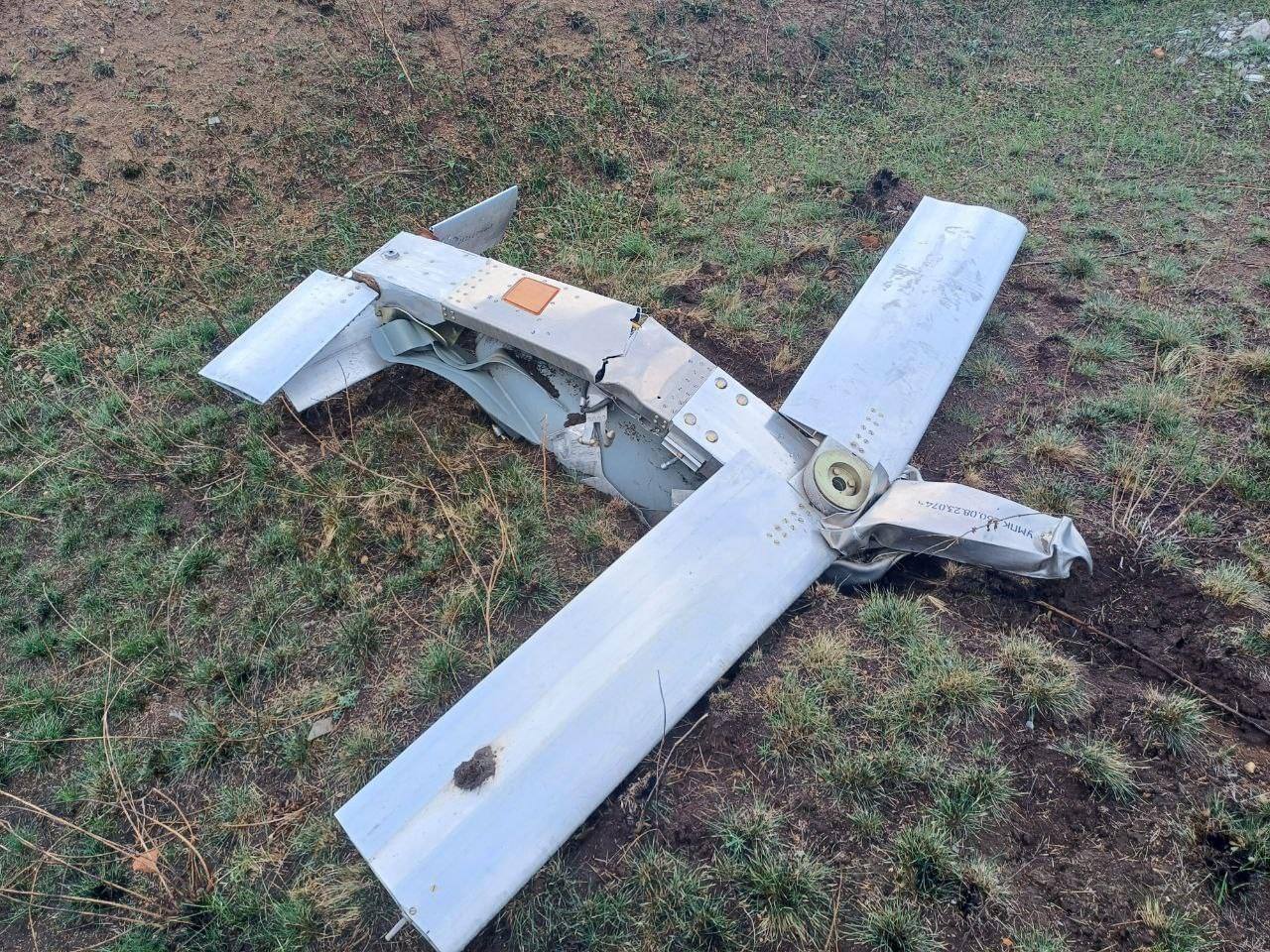
Read more: Practical Range of an SDB Dropped From Su-27 and Why HARM is a "Support Missile"




